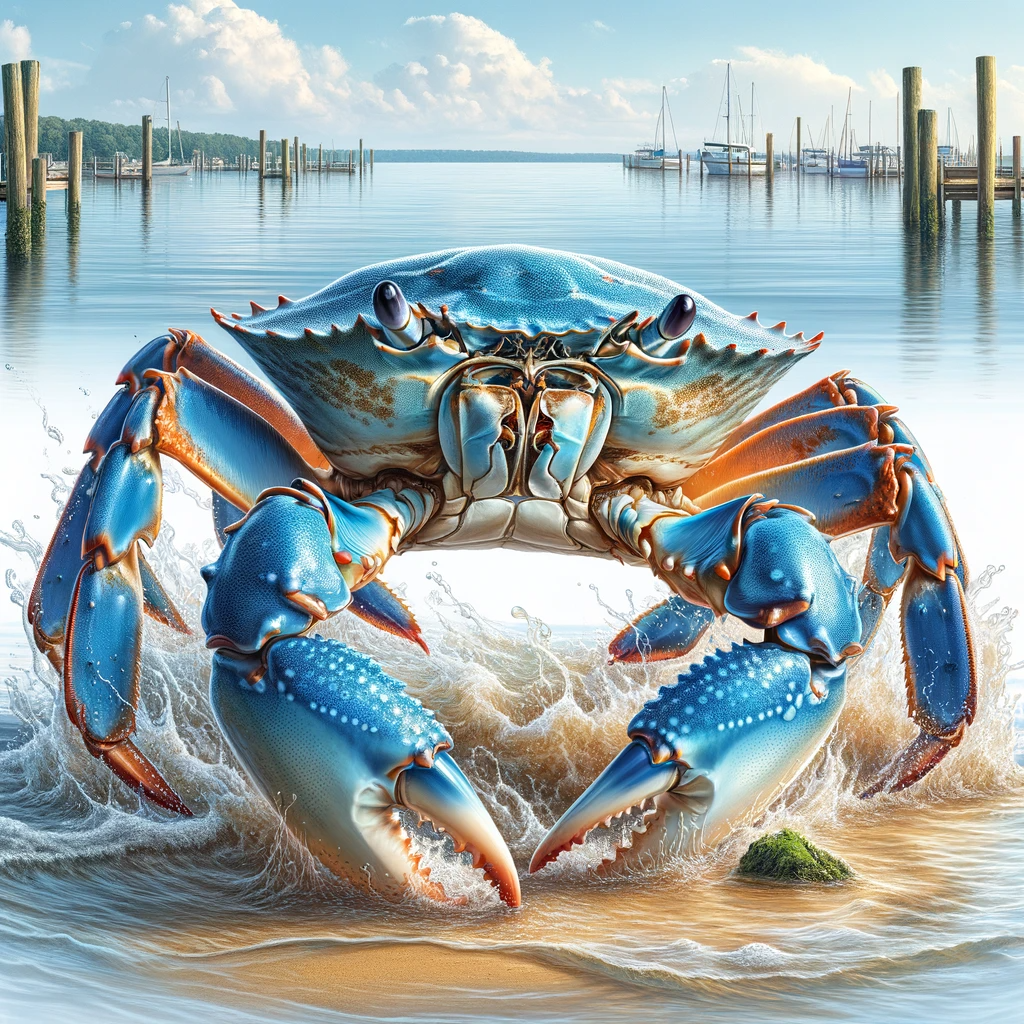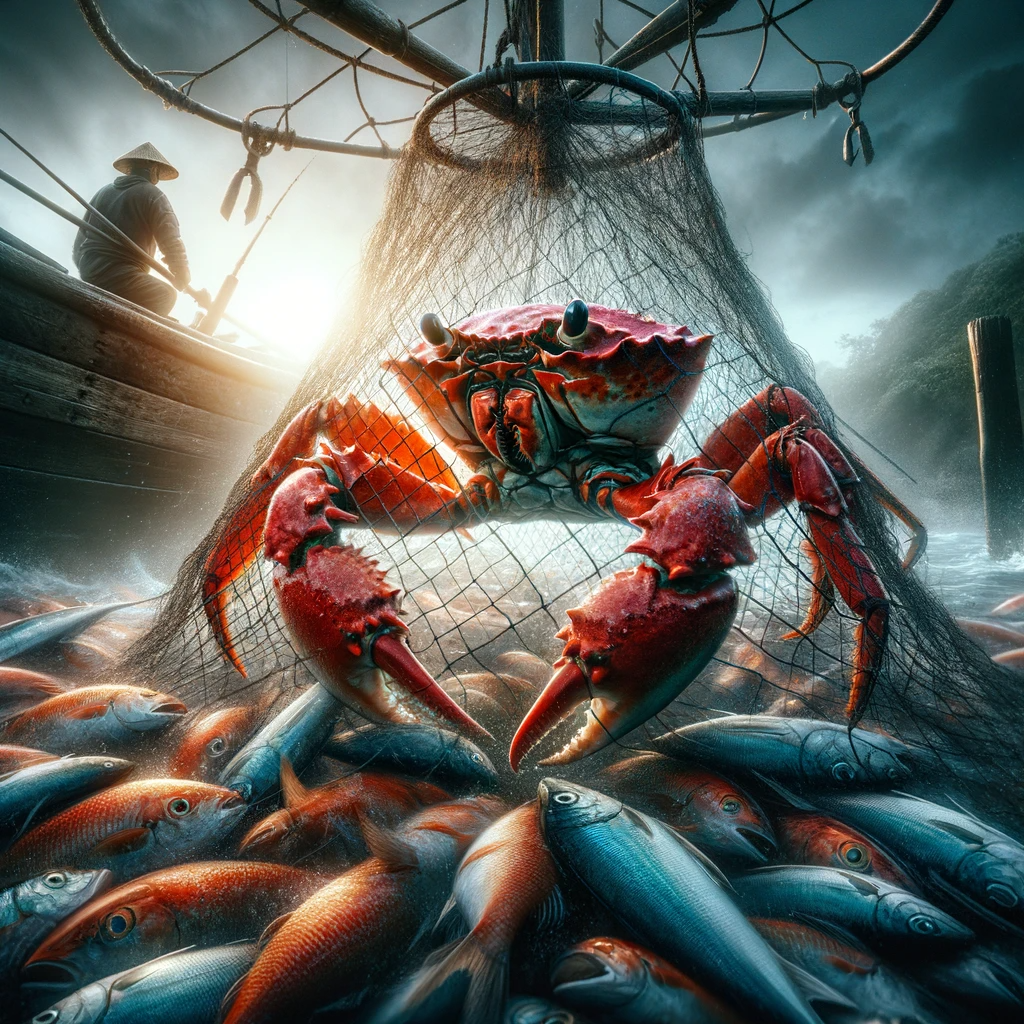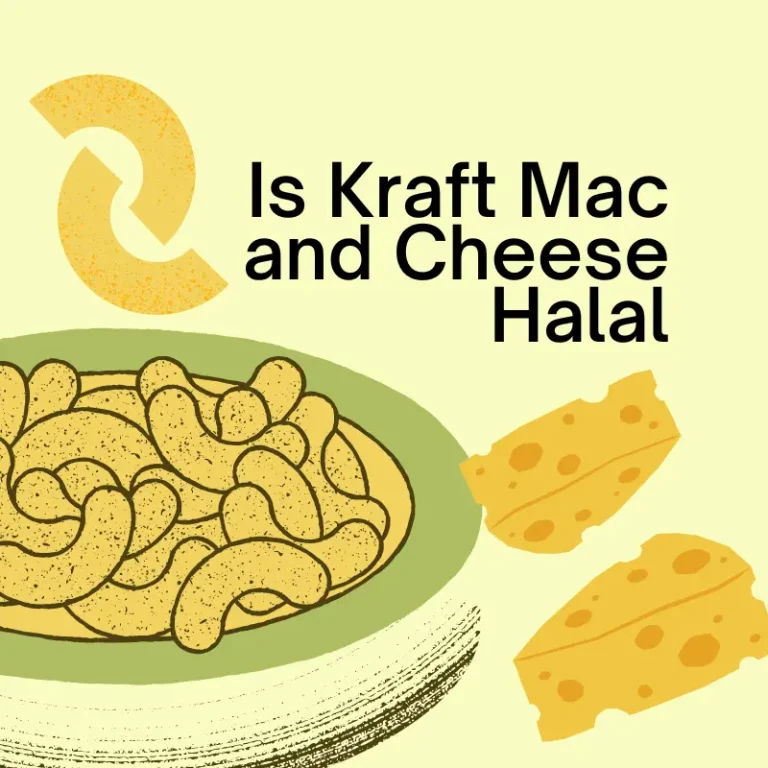are crabs halal
As a marine biologist with over 15 years of experience studying crustaceans, I have developed an in-depth knowledge and expertise on the topic of crabs. From their anatomy and behavior to their commercial importance, crabs are truly captivating creatures.
Anatomy and Biology
Crabs belong to the subphylum Crustacea and the order Decapoda, which includes lobsters, crayfish, shrimp, and other crustaceans. Here are some key facts about their anatomy and biology:
- Crabs have a hard exoskeleton that protects their body. They periodically shed their exoskeleton in a process called molting as they grow.
- They have five pairs of legs for walking and two claws (chelipeds) used for defense, hunting, and grasping food.
- Crabs have complex mouthparts well-adapted for tearing and chewing food items.
- They have stalked compound eyes that give them excellent vision. Some crabs even have light-sensitive spots on their carapace (top shell).
- Crabs breathe through gills, located under the sides of the top shell. Oxygenated water is pumped over the gills.
- Most crabs have separate sexes. Reproduction involves the male passing sperm packets to the female to fertilize the eggs externally.
Fun Fact: Fiddler crabs get their name from the male’s extra-large claw, which looks like a fiddle!
Habitats and Behaviors
Crabs live in a wide variety of aquatic and terrestrial habitats, including:
- Salt marshes and estuaries
- Sandy and rocky beaches
- Coral reefs
- Kelp forests
- Freshwater streams and lakes
- Land habitats like forests, grasslands, and deserts
Some of the fascinating behaviors seen in crabs include:
- Burrowing – Many crabs dig burrows in sand or mud, which they use for shelter. Ghost crabs are adept sand burrowers.
- Banding together – Some crabs, like hermit crabs and red crabs, cluster together in large numbers. There is safety in numbers!
- Migrating – Land crabs famously migrate from inland forests to the sea to breed. This includes Christmas Island red crabs.
- Decorating – Decorator crabs attach plants, sponges, and other items to their shell to conceal themselves from predators.
Taxonomy and Diversity
There are over 6,700 known species of crabs, making them one of the most diverse crustacean groups. They are divided into the following major taxonomic groups:
| Taxonomic Group | Description | Example Families |
|---|---|---|
| Brachyura | True crabs with a short tail tucked under their body | Cancridae, Portunidae, Majidae |
| Anomura | Hermit crabs, king crabs, squat lobsters | Diogenidae, Lithodidae |
| Macrura | Shrimp-like crabs, skeleton shrimp | Campylonotidae, Polychelidae |
The diversity of crabs is astounding. From tiny pea crabs that live as commensals in mussels to the giant Japanese spider crab with a 12-foot legspan, crabs come in all shapes and sizes.
Fun Fact: Coconut crabs get their name because they climb coconut trees to eat the coconuts!
Unique Adaptations
Crabs sport many unique adaptations that aid their survival, including:
- Camouflage: Many crabs blend extremely well into their environment with camouflaging coloration. Spider crabs decorate themselves with sponges, corals, and algae.
- Self-amputation: Some crabs can self-amputate (autotomize) their limbs to escape predators. Their limbs later regenerate.
- Terrestrial adaptations: Land-living crabs have adaptations like specialized gill chambers to prevent water loss.
- Asymmetrical growth: The fiddler crab’s asymmetrical extra-large claw is used to attract females and defend burrows.
- Vision: Some crabs can detect UV and polarized light for enhanced vision. Mud crabs even see color vision like humans.
Commercial Importance
Many crab species like blue crabs, Dungeness crabs, and king crabs, support vital commercial fisheries. According to the UN’s Food and Agriculture Organization, over 2.2 million tonnes of crabs were commercially harvested in 2019, valued at over $8 billion.
Popular crab dishes like Maryland blue crab cakes, Singapore chili crab, and Alaskan king crab all demonstrate the culinary significance of crabs around the world. Their sweet, succulent meat is cherished as a delicacy.
In some places like the Chesapeake Bay region of the United States, crabbing is an important recreational activity and source of tourism revenue. From crab feasts to museums celebrating local crab heritage, it generates jobs and preserves cultural traditions.
Ecological Role
As benthic scavengers and predators, crabs play an integral ecological role. They:
- Help recycle organic matter by consuming dead animals and debris
- Keep habitats balanced as intermediate predators that eat smaller animals yet fall prey to larger predators themselves.
- Aerate sediments and fertilize habitats with their burrowing activities
- Transport marine nutrients into terrestrial habitats. Land crabs are important seed dispersers.
- Provide key habitat to commensal organisms (like pinnotherid pea crabs that live in mollusks)
However, some invasive crab species can negatively impact native ecosystems if introduced. Green crabs from Europe have damaged shellfish habitats on the Atlantic coast of North America.
Threats Facing Crabs
Despite over a hundred million years of evolutionary success, crabs face grave threats today, including:
- Habitat loss: Coastal development, mangrove forest destruction, and pollution undermine important crab habitats.
- Overfishing: Unsustainable crabbing depletes wild populations. Some regulations aim to prevent overharvest.
- Climate change: Ocean warming, acidification, sea level rise, and altered weather patterns all impact crabs.
- Invasive species: Non-native crabs displace native crabs in some regions through direct competition.
- Pollution: Crabs are vulnerable to agricultural runoff and chemicals like oil spills. Bioaccumulation of toxins can also affect crabs.
More research and conservation action are critical to ensure crabs remain an integral part of coastal ecosystems and seaside traditions.
Fascinating Crab Species

The diversity of crabs is astonishing, with captivating species across a variety of habitats:
Coastal Species
- Fiddler crabs: These small coastal crabs get their name from the male’s single extra-large claw. They live in burrows around marshes and mangroves.
- Hermit crabs: While not true crabs taxonomically, these charismatic crabs use abandoned shells for mobile shelter as they roam shallow habitats.
- Blue crabs: Considered a delicacy, these large swimming crabs migrate between estuaries and the ocean as they mature. Chesapeake Bay holds huge populations.
- Red crabs: Famed for mass spawning migrations on Christmas Island, land-dwelling red crabs move to the coast to release eggs into the sea.
Deep Sea Species
- Yeti crab: Discovered near hydrothermal vents, this crab cultivates food bacteria on its long claws.
- Hoff crab: Also called spider crabs, these leggy crabs with small bodies inhabit waters over 1300 feet deep. Some may live over 6600 feet down!
Giant Crabs
- Japanese spider crab: The world’s largest arthropod has 12-foot leg spans. These giant crabs inhabit cold, deep habitats.
- Tasmanian giant crab: One of the largest crab species at over 40 pounds, these giants burrow in seafloor mud around Tasmania.
As you can see, crabs represent an ancient, ecologically vital, and incredibly diverse group of animals brimming with unique biology. From vital fisheries and ecosystems to their captivating behaviors, there is always more to discover in the botany world. With increased research and conservation, the continued success of these fascinating creatures is ensured.








